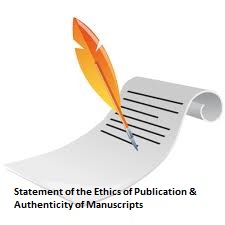Validation Test of Method for Determination of Ibuprofen Level in Tablet Preparations with Trade Name and Generic by UV Spectrophotometry
DOI:
https://doi.org/10.36341/jops.v8i1.5247Keywords:
Ibuprofen, method validation, UV spectrophotometryAbstract
This study aims to determine the levels of ibuprofen in tablet preparations using the UV spectrophotometric method and determine the suitability of ibuprofen tablets with trade and generic names that meet the requirements according to the Indonesian Pharmacopoeia Edition VI. The determination of ibuprofen levels in tablet preparations was tested for validity based on linearity, limit of detection (LOD) and limit of quantitation (LOQ) parameters, accuracy with the spiked-placebo recovery method and precision. Based on the results obtained linearity value of r = 0.9993 with limit of detection (LOD) 0.2825 ppm and limit of quantitation (LOQ) 0.9418 ppm, accuracy obtained at 3 concentrations of 8, 10 and 12 ppm respectively 99.59%; 99.29%; and 99.99% and on precision obtained RSD results of 0.77%; 0.49%; 1.48%. The results of the determination of levels in the four samples of generic tablet preparations and trade names are 100.91%; 104.02%; 100.91%; and 100.99%. From the results of the study, it is concluded that the UV spectrophotometric method used has met the parameters set in the validation test and the ibuprofen levels obtained also meet the requirements set in the Indonesian Pharmacopoeia VI Edition, which is not less than 90% and not more than 110%.
Downloads
Downloads
Published
How to Cite
Issue
Section
License
1. Copyright of all journal manuscripts is held by the JOPS (Journal Of Pharmacy and Science)
2. Formal legal provisions to access digital articles of electronic journal are subject to the provision of the Creative Commons Attribution-ShareAlike license (CC BY-NC-SA), which means that JOPS (Journal Of Pharmacy and Science) is rightful to keep, transfer media/format, manage in the form of databases, maintain, and publish articles.
3. Published manuscripts both printed and electronic are open access for educational, research, and library purposes. Additiponally, the editorial board is not responsible for any violations of copyright law.
licensed under a Creative Commons Attribution-ShareAlike 4.0 International License.










